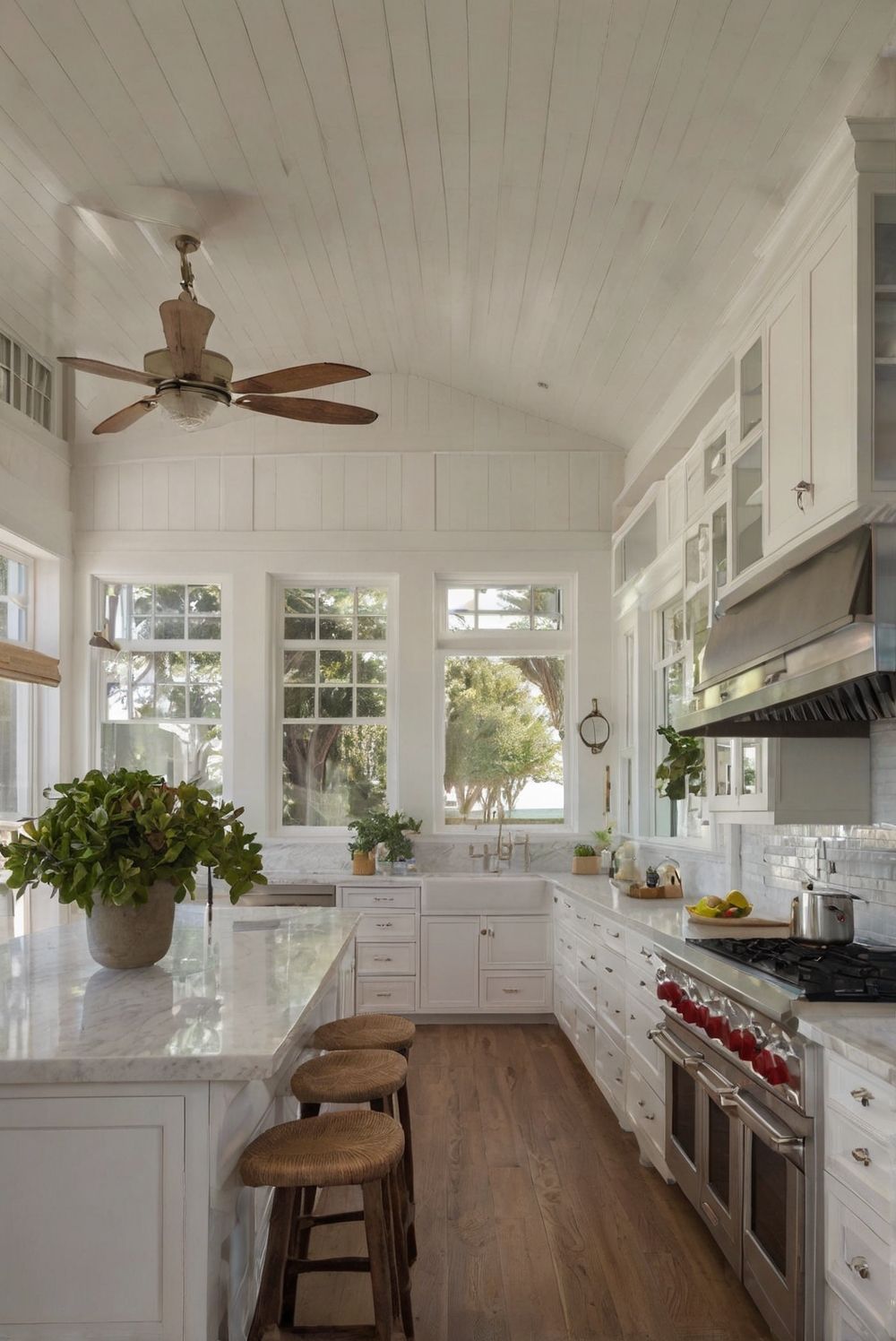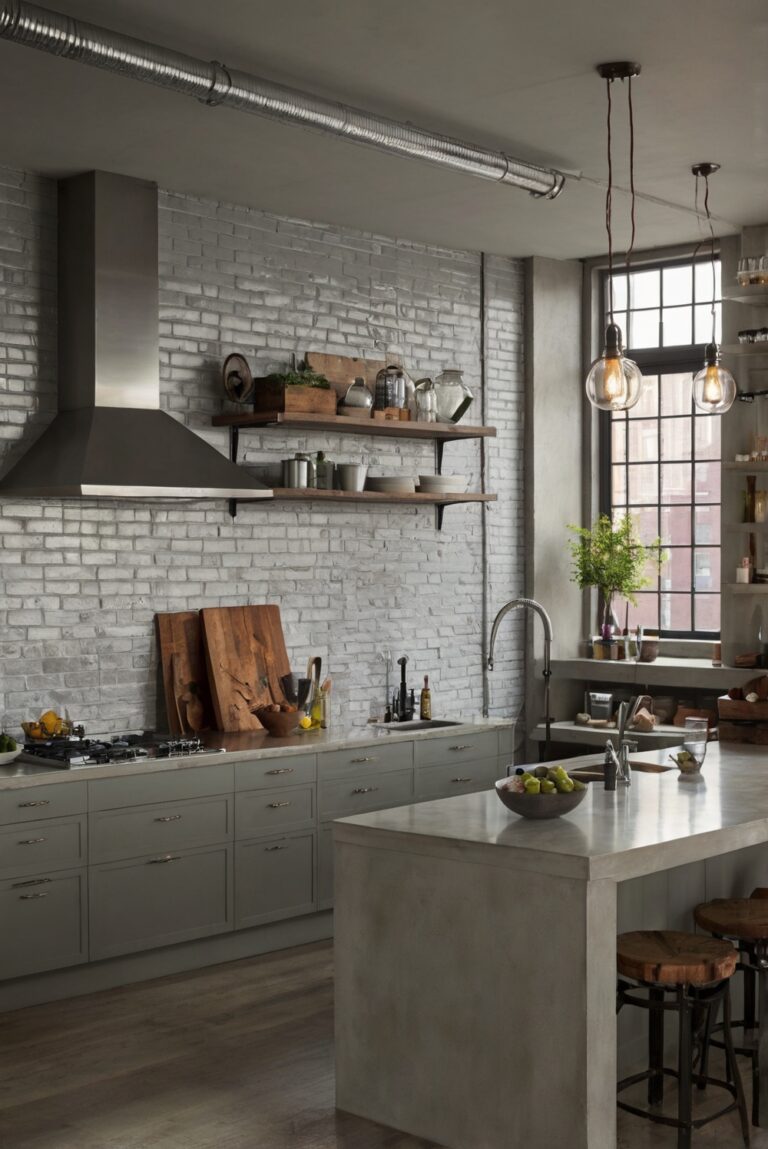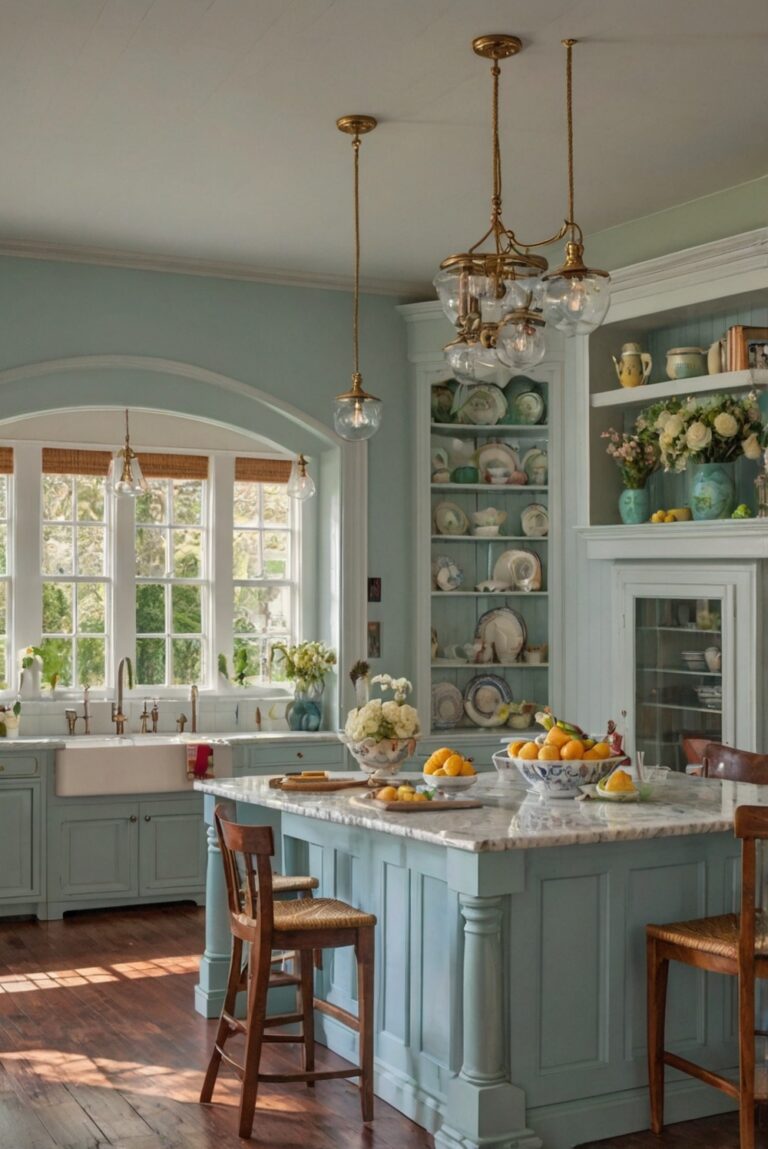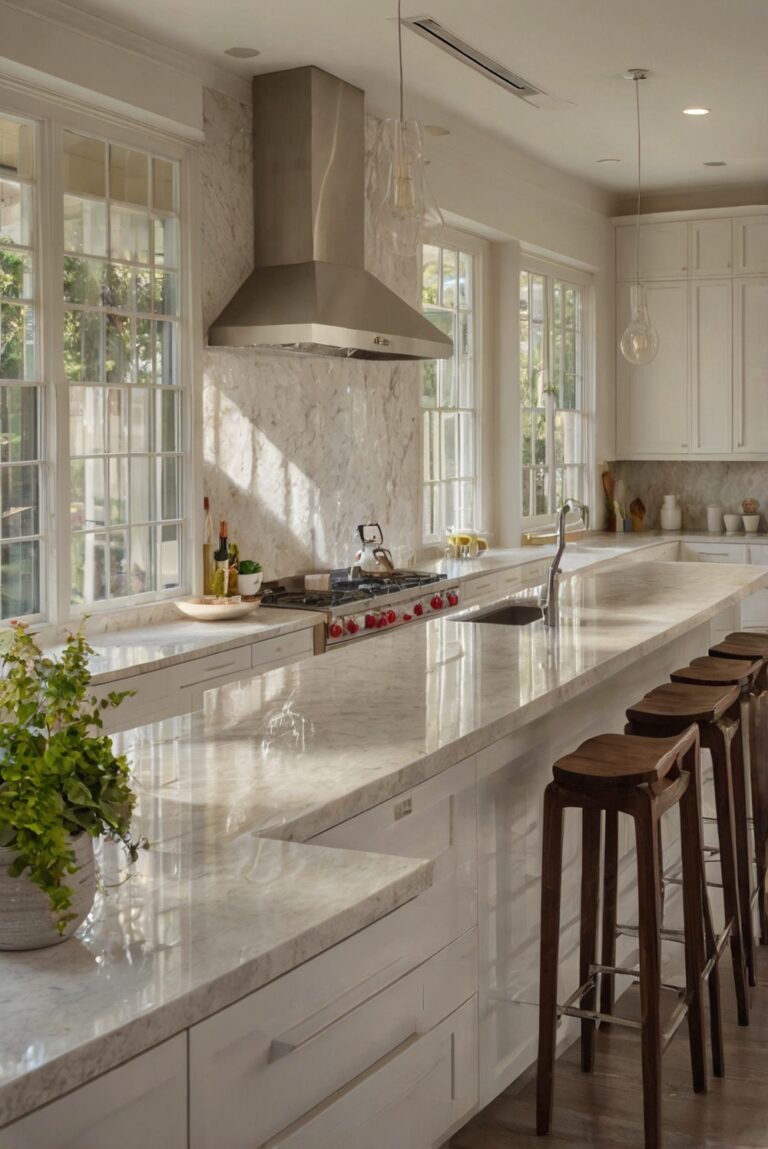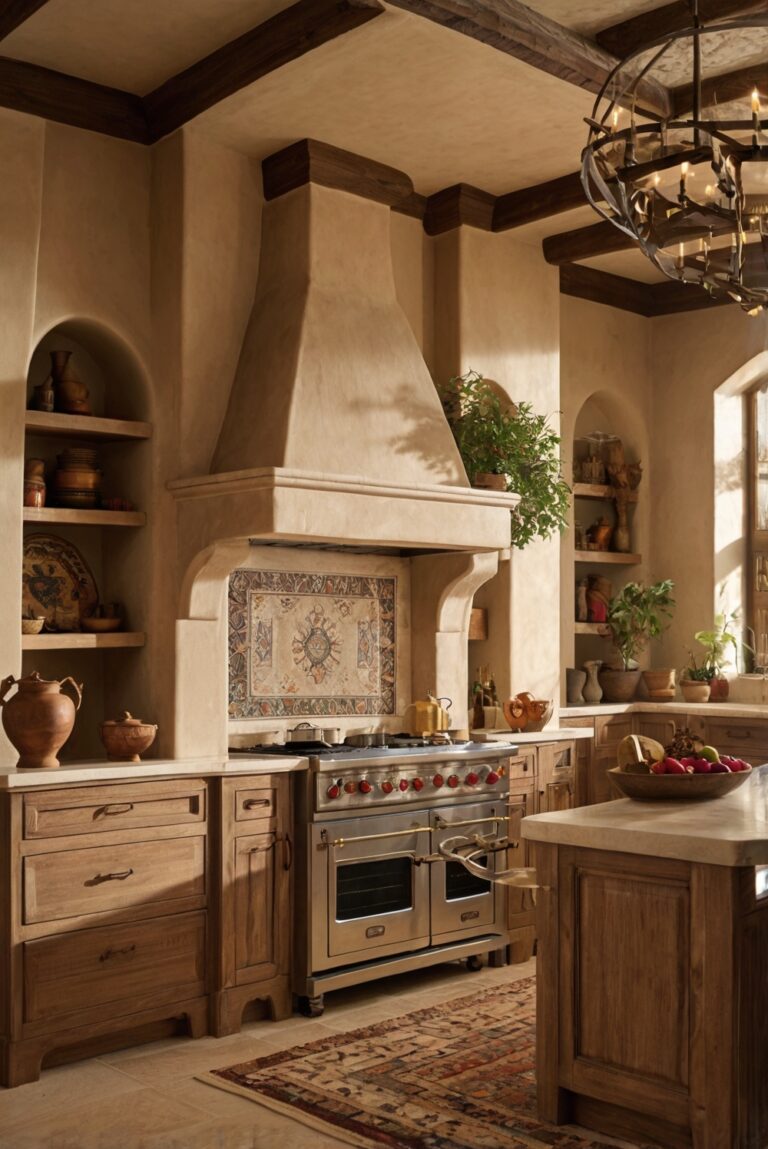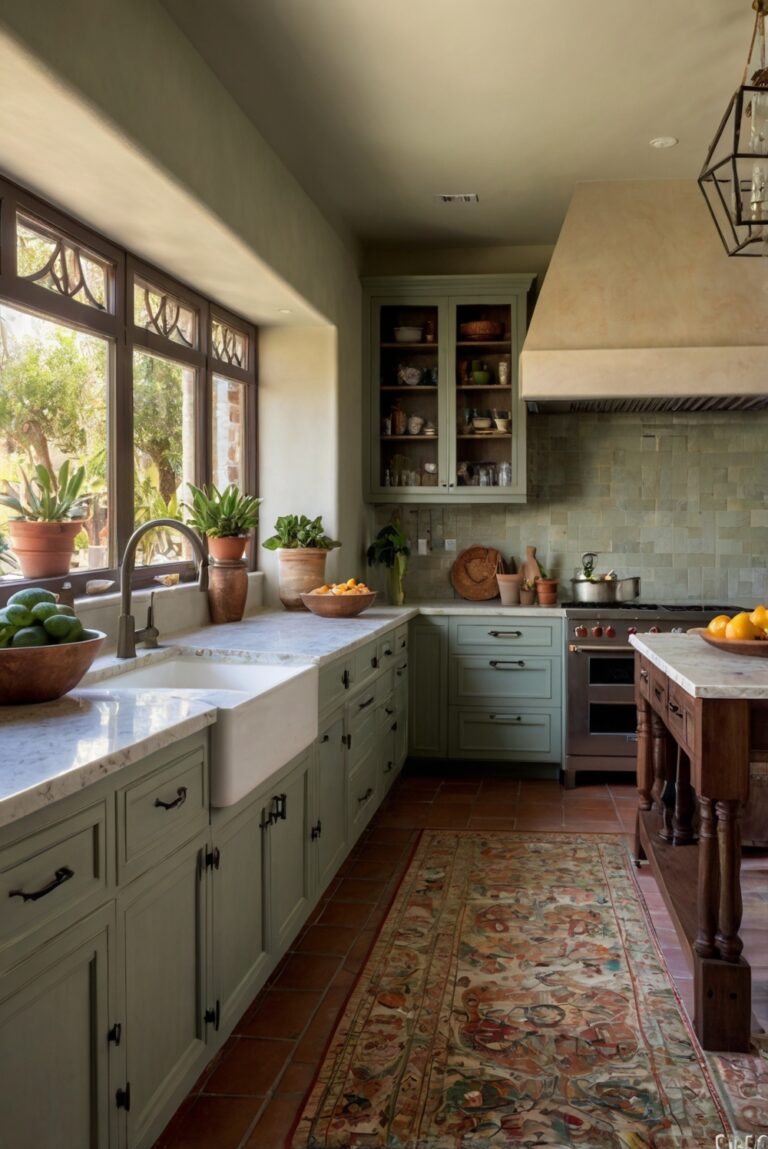Looking to solve common kitchen sink issues as part of your daily routine as an interior designer? Learn how to troubleshoot these problems with ease and style.
To troubleshoot common kitchen sink problems as part of your daily home decor routine, start by checking for any leaks in the faucet, drain pipes, or water supply lines. Inspect the sink for clogs by using a plunger or a drain snake to clear blockages. Ensure that the garbage disposal is working properly and not causing any backup.
Consider upgrading your sink fixtures or opting for a new sink design to enhance the overall look of your kitchen. When selecting the right paint color for your kitchen walls, match it with the existing decor and furniture to create a cohesive design. Regularly maintain your kitchen sink to prevent future issues and keep it in top condition.
Remember to incorporate space planning principles in your kitchen design to optimize functionality and aesthetics. Consult interior designers for expert advice on creating a stylish and functional kitchen layout. Painting your kitchen walls with a primer paint will ensure better color adhesion and a long-lasting finish. Experiment with different paint colors to find the perfect match for your home decor interior.
Stay organized by keeping track of paint colors and design ideas using a color-matching painting chart or notebook. By following these steps and tips, you can troubleshoot kitchen sink problems effectively while elevating the overall visual appeal of your home interior design.
How to troubleshoot common kitchen sink problems?
Clogged Sink Drain:
If you are experiencing a clogged sink drain, the first step is to check the sink stopper and remove any debris or hair that may be causing the blockage. You can use a plunger to try and dislodge the blockage. If this does not work, you can try using a drain snake to remove the obstruction. In some cases, you may need to remove the trap under the sink to access the blockage.
Leaking Sink:
A leaking sink can be caused by a number of issues such as loose fittings, worn-out washers, or cracked pipes. Start by checking the fittings and tightening them if necessary. Inspect the washers and gaskets for any signs of wear and tear and replace them if needed. If the leak persists, you may need to replace the pipes or call a plumber for assistance.
Low Water Pressure:
Low water pressure in the kitchen sink can be frustrating. Start by checking if the water pressure is low in other faucets as well. If it is isolated to the kitchen sink, the aerator may be clogged. Remove the aerator and clean it thoroughly to improve water flow. If this does not solve the issue, there may be a larger problem with the plumbing system that requires professional attention.
Sink Sprayer Not Working:
If your sink sprayer is not working, check the diverter valve to ensure it is functioning properly. You can clean the sprayer head by soaking it in vinegar to remove any mineral deposits that may be causing the issue. If the problem persists, you may need to replace the sprayer head or call a plumber for assistance.
Strange Smells Coming from Sink:
If you notice strange smells coming from your kitchen sink, it may be due to food debris or grease buildup in the pipes. You can try pouring boiling water down the drain to help dislodge any blockages and eliminate odors. Using a mixture of baking soda and vinegar can also help break down organic matter and freshen up the sink. If the smell persists, there may be a more serious issue with the plumbing that needs to be addressed.
In conclusion, troubleshooting common kitchen sink problems involves identifying the root cause of the issue and taking appropriate steps to resolve it. By addressing clogged drains, leaks, low water pressure, malfunctioning sprayers, and unpleasant odors in a timely manner, you can prevent further damage and ensure the smooth functioning of your kitchen sink. Remember to prioritize regular maintenance and address any issues promptly to avoid costly repairs in the future.
1. How can I fix a clogged kitchen sink drain?
To fix a clogged kitchen sink drain, start by pouring boiling water down the drain to try and loosen the blockage. If that doesn’t work, use a plunger to try and dislodge the clog. You can also try using a mixture of baking soda and vinegar to break down the blockage. If these methods don’t work, you may need to remove the trap underneath the sink to access and remove the clog manually.
2. What should I do if my kitchen sink is leaking?
If your kitchen sink is leaking, start by identifying where the leak is coming from. It could be a loose connection, a damaged pipe, or a faulty seal. Once you’ve identified the source of the leak, you can try tightening any loose connections or replacing damaged parts. If the leak persists, you may need to call a plumber to assess the situation and make any necessary repairs.
3. How do I stop my kitchen sink from smelling bad?
To stop your kitchen sink from smelling bad, try pouring a mixture of baking soda and vinegar down the drain to neutralize odors. You can also try flushing the drain with hot water and lemon juice to freshen it up. Avoid putting food scraps and grease down the drain, as these can cause unpleasant odors. Regularly cleaning the sink and drain with a mild detergent can also help prevent bad smells from developing.
4. What should I do if my kitchen sink is not draining properly?
If your kitchen sink is not draining properly, start by checking for any visible clogs in the drain. You can try using a plunger to dislodge the blockage or a plumbing snake to remove it. If the problem persists, you may need to remove the trap and clean it out. If none of these methods work, there may be a more serious issue with the plumbing that requires professional attention.
5. How can I fix a dripping kitchen sink faucet?
To fix a dripping kitchen sink faucet, start by turning off the water supply to the faucet. Then, remove the handle and the cartridge or valve inside the faucet to inspect for any damage or wear. You may need to replace the cartridge or valve if it is worn out. Make sure to use the correct replacement parts for your faucet model. Once you’ve replaced the damaged parts, reassemble the faucet and turn the water supply back on to test for leaks.

